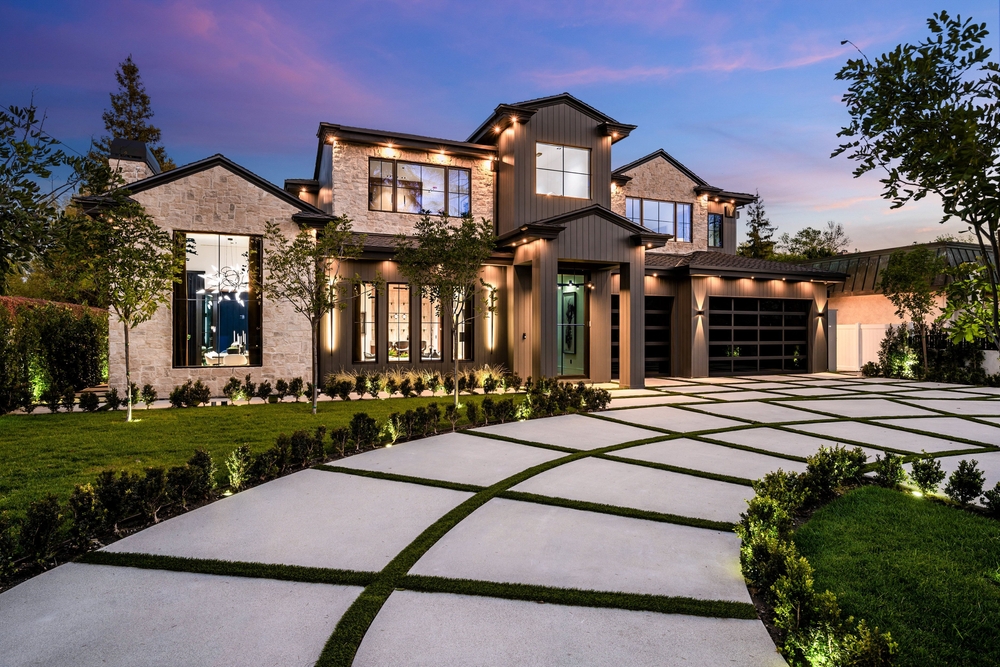Exploring Simple Garden Designs
Creating a beautiful garden doesn’t always require complicated layouts, expensive materials, or a large space. Simple garden designs can be both aesthetically pleasing and functional, providing a tranquil outdoor space to relax, entertain, or grow plants. Whether you have a small balcony, a modest backyard, or an urban patio, exploring simple garden designs can inspire you to transform your outdoor area with ease and creativity. In this article, we will delve into the principles of simple garden design, explore popular minimalistic garden styles, and provide practical tips to help you create your own uncomplicated yet charming garden in 2025.

Principles of Simple Garden Design
The essence of simple garden design lies in minimalism, balance, and thoughtful use of space. Unlike elaborate gardens packed with numerous plant species and intricate features, a simple garden focuses on clarity and harmony. Here are some key principles to consider:
1. Focus on Structure and Form
Structure is the backbone of any garden, especially in simple designs. Using clean lines and geometric shapes can create an organized look. For example, rectangular or square flower beds, straight pathways, and neatly trimmed hedges offer a tidy and controlled appearance.
Incorporating repetition—such as planting the same species in rows or using similar pots—can also reinforce structure and reduce visual clutter.
2. Limit Plant Variety
A simple garden usually features fewer types of plants to avoid overwhelming the senses. Choosing a small palette of plants that complement each other in color, texture, and height makes maintenance easier and enhances the garden’s coherence.
For example, pairing ornamental grasses with a few flowering shrubs or succulents can create an elegant scene without complexity.
3. Use Neutral and Natural Colors
Color choice plays a crucial role in simple garden design. Neutral tones like greens, whites, and soft pastels encourage calmness and avoid competing focal points. Natural materials such as wood, stone, and terracotta also blend well with greenery, reinforcing a peaceful ambiance.
Bright or bold colors can be used sparingly as accent points—for instance, a single red bench or a cluster of vibrant flowers.
4. Maximize Functionality and Comfort
Simple gardens aren’t just about looks; they should be practical spaces. Consider how you want to use your garden—whether for dining, meditation, or growing herbs—and design accordingly. Including comfortable seating, shade options, or raised beds can enhance usability without complicating the design.
Popular Simple Garden Styles to Consider
As you embark on designing your garden, you might find inspiration in popular simple garden styles. Each offers a unique approach to minimalism and can be adapted to various outdoor spaces.
1. Japanese Zen Garden
The Japanese Zen garden epitomizes simplicity and tranquility. It typically features gravel or sand raked into patterns, rocks arranged thoughtfully, and minimal plants such as moss or small shrubs. This style emphasizes meditation and mindfulness.
Key elements include:
- Gravel or sand beds representing water or emptiness
- Rocks symbolizing mountains or islands
- Sparse planting with evergreens or bamboo
- Simple wooden benches or lanterns
The Zen garden’s minimalism makes it ideal for small spaces or even indoor patios.
2. Modern Minimalist Garden
Modern minimalist gardens focus on clean lines, open spaces, and restrained plantings. Concrete or stone paving, sleek furniture, and monochromatic plant palettes are common.
Characteristics include:
- Geometric shapes in beds and pathways
- Neutral color schemes mixing greys, whites, and greens
- Low-maintenance plants like succulents and grasses
- Integrated lighting for evening ambiance
This style suits urban homes and those who prefer contemporary aesthetics.
3. Cottage-Inspired Simple Garden
While cottage gardens are often associated with a profusion of flowers, a simple version can be created by selecting a few beloved plants and arranging them with ease. Focus on perennials and herbs that require minimal upkeep.
Features include:
- Natural, informal layout
- A few key plants like lavender, rosemary, and daisies
- Simple wooden fences or trellises
- Rustic pots and garden ornaments
This style brings warmth and charm without overwhelming complexity.
Practical Tips for Creating Your Simple Garden in 2025
With the principles and styles in mind, here are some actionable tips to help you create your simple garden this year:
Plan Your Space Thoughtfully
Begin by measuring your garden area and sketching a basic layout. Identify sunny and shaded spots, existing trees or structures, and areas for seating or pathways. Planning helps avoid overcrowding and ensures your garden meets your needs.
Choose Low-Maintenance Plants
Opt for plants that thrive in your climate and soil type and require minimal watering or pruning. Native plants are often the best choice, offering resilience and supporting local ecosystems.
Consider plants such as:
- Lavender
- Boxwood
- Ornamental grasses
- Succulents
- Herbs like thyme and mint
Use Multipurpose Features
Furniture or structures that serve multiple purposes can simplify your garden. For example, a bench with built-in storage or a planter that doubles as a privacy screen reduces the number of elements you need.
Incorporate Sustainable Practices
In 2025, sustainability remains essential. Use rainwater harvesting, composting, and organic fertilizers to minimize environmental impact. Choosing drought-tolerant plants also conserves water.
Keep Accessories Minimal
Limit garden decorations to a few meaningful pieces. Avoid cluttering the space with too many ornaments or lighting fixtures. A single sculpture, a well-placed birdbath, or subtle solar lights can enhance ambiance without distraction.
Regularly Maintain Your Garden
Even simple gardens benefit from regular care. Remove weeds, deadhead flowers, and prune shrubs to maintain tidy shapes. Consistent upkeep prevents the space from becoming overgrown or chaotic.
Conclusion
Simple garden designs offer an accessible and rewarding way to enhance your outdoor living space in 2025. By focusing on structure, limiting plant variety, and embracing minimalist styles like Japanese Zen or modern minimalist gardens, you can create a serene and beautiful environment without complexity.
Remember that simplicity does not mean dullness—thoughtful design and well-chosen plants can produce stunning gardens that invite relaxation and enjoyment. Whether you have a tiny balcony or a sprawling yard, exploring simple garden designs can help you cultivate your personal green oasis with ease and satisfaction.
Disclaimer: All content, including text, graphics, images and information, contained on or available through this web site is for general information purposes only. The information and materials contained in these pages and the terms, conditions and descriptions that appear, are subject to change without notice.




